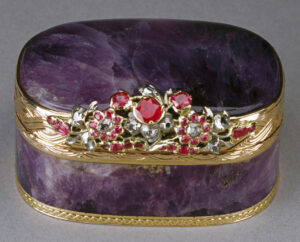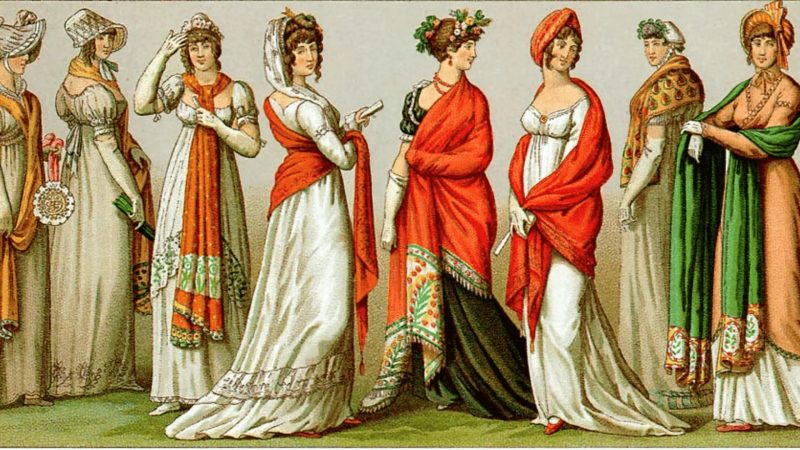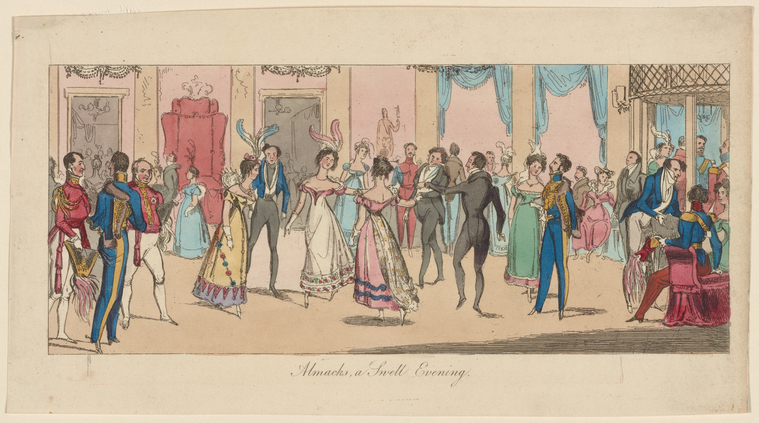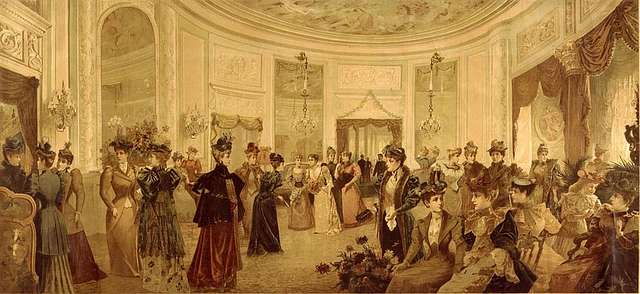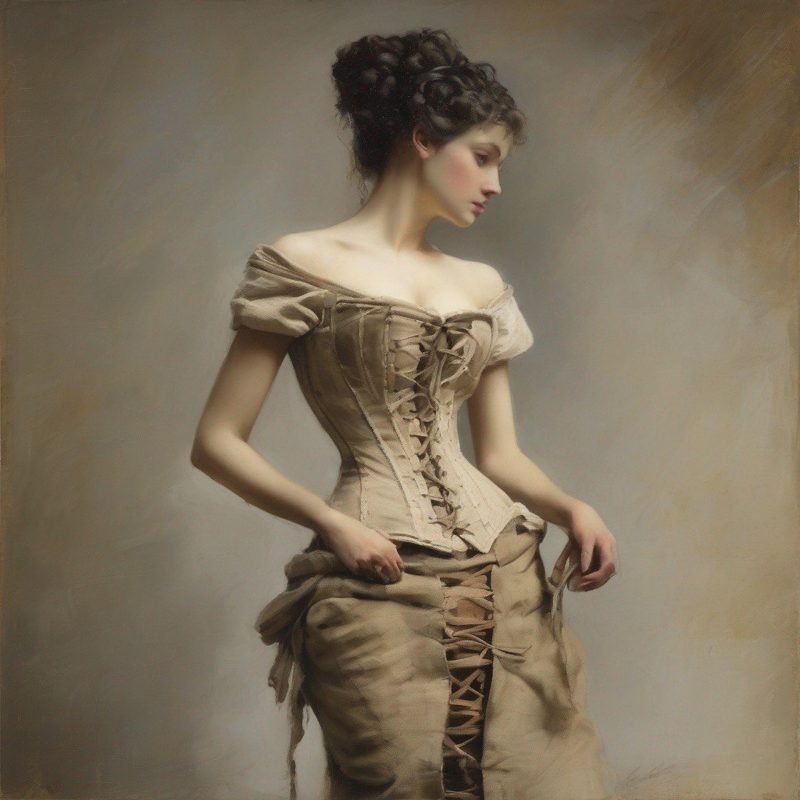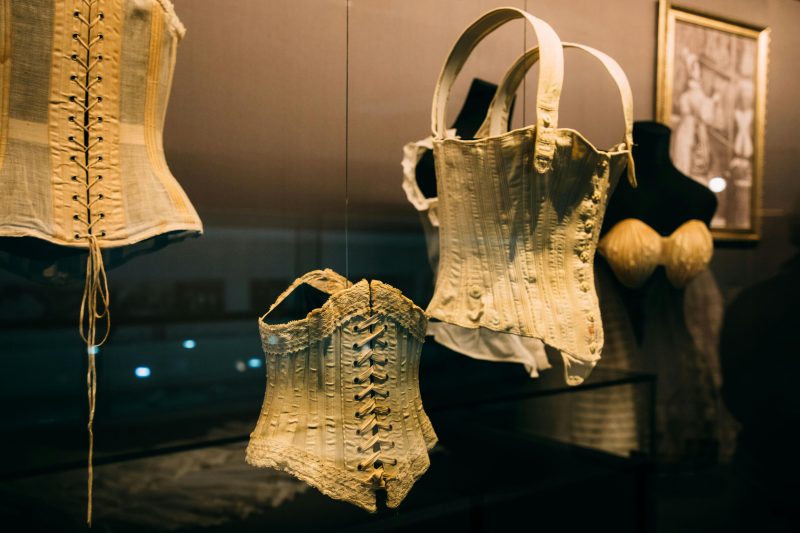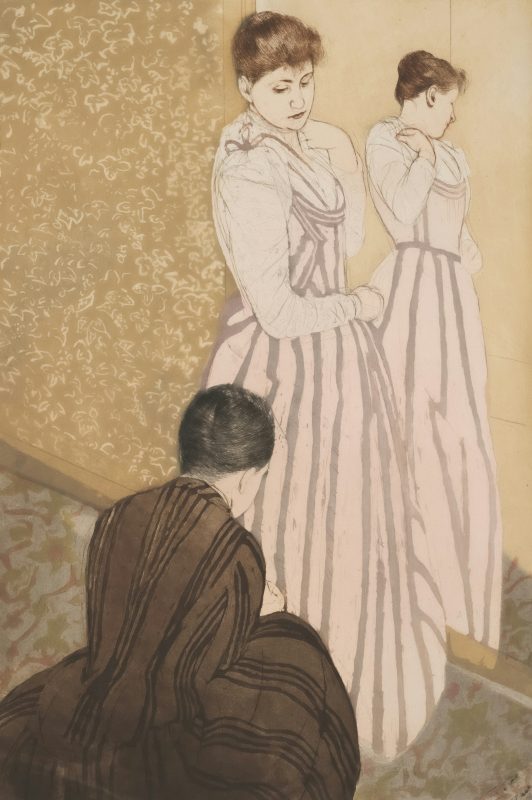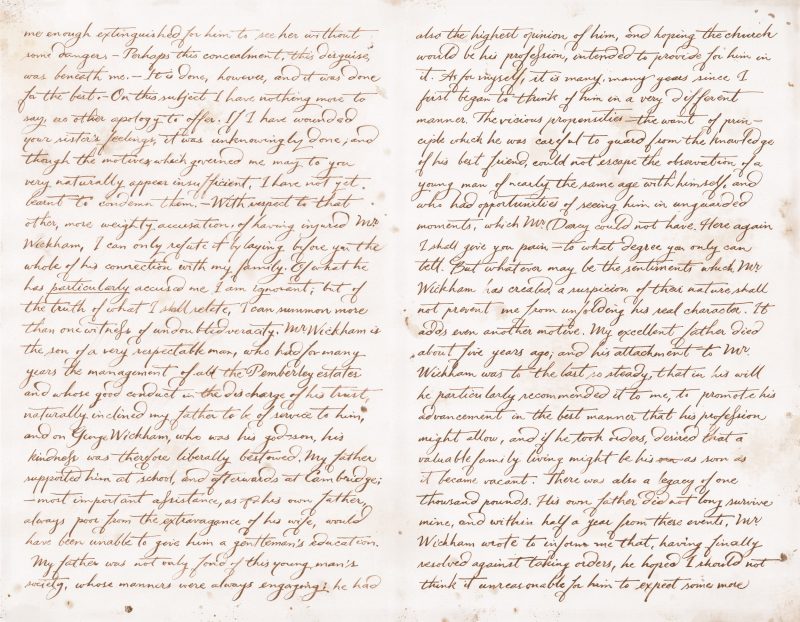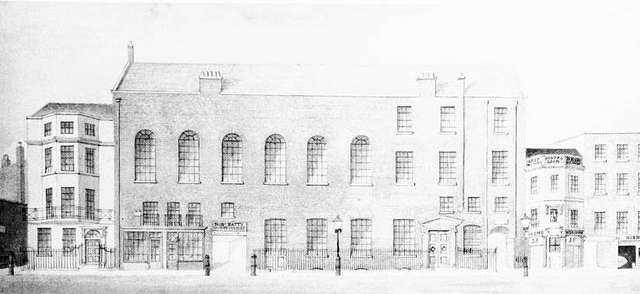In Regency society, the figure of the rake was both fascinating and reviled. A rake was a charming, wealthy, and often aristocratic man who lived a life of excess, particularly when it came to gambling, drinking, and seducing women. While rakes were admired for their wit and charisma, they were also condemned for their moral failings. The concept of the ‘rake’s progress’—a downward spiral into vice and ruin—was a popular theme in literature and art, serving as a cautionary tale for young men.
The Archetype of the Rake
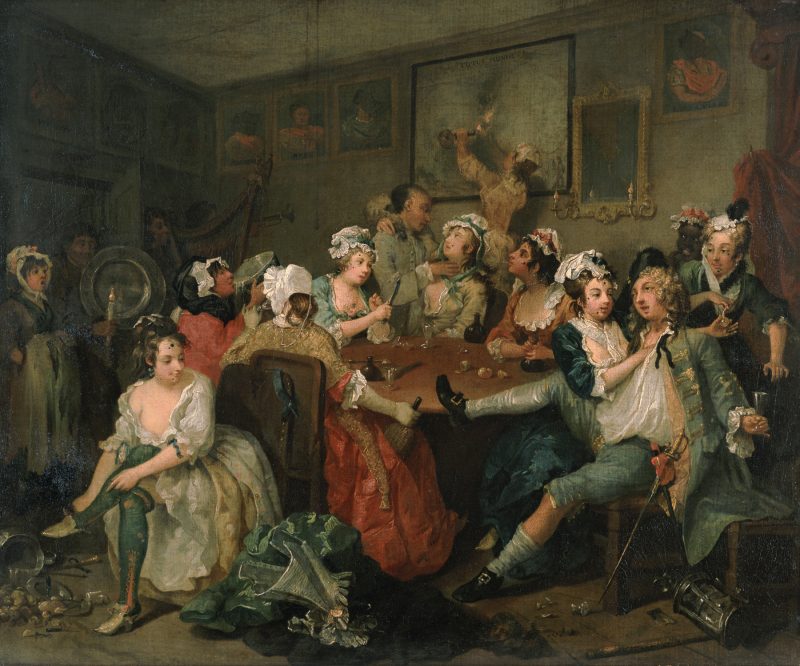
The rake was a stock character in Regency literature and society. He was typically portrayed as a handsome, well-dressed man with a sharp tongue and a disregard for societal norms. Famous real-life rakes included the Prince Regent (later George IV) and Lord Byron, whose scandalous behaviour made them both celebrated and notorious.
Rakes were often associated with the upper classes, as their lifestyle required wealth and leisure. They frequented gambling dens, brothels, and exclusive clubs, where they indulged in every vice imaginable. Despite their behaviour, rakes were often admired for their charm and audacity, particularly by younger members of society.
The Rake’s Progress

The ‘rake’s progress’ was a narrative trope that depicted the inevitable downfall of a rake. It began with a young man’s introduction to vice, followed by a series of increasingly reckless actions—gambling away his fortune, seducing innocent women, and alienating his family and friends. The story usually ended with the rake’s ruin, whether through financial bankruptcy, social ostracism, or death.
This theme was popularised by William Hogarth’s series of paintings A Rake’s Progress (1735), which depicted the tragic downfall of a young man named Tom Rakewell. The series served as a moral lesson, warning against the dangers of excess and immorality.
The Social Implications
The figure of the rake reflected broader anxieties about morality and social order in Regency England. While rakes were often glamorised in literature and gossip, they were also seen as a threat to the stability of society. Their behaviour undermined the values of marriage, family, and responsibility, which were central to Regency ideals.
For women, rakes were both alluring and dangerous. A rake’s attentions could be flattering, but they also carried the risk of scandal and ruin. Novels like Samuel Richardson’s Clarissa and Fanny Burney’s Evelina explored the dangers of associating with rakes, particularly for young, inexperienced women.
The Legacy of the Rake
The archetype of the rake has endured in literature and popular culture, from the brooding heroes of Gothic novels to the antiheroes of modern films and television. While the Regency rake may seem like a relic of the past, his legacy lives on in our fascination with flawed, charismatic characters.
Conclusion
The rake was a complex figure in Regency society, embodying both the allure and the dangers of excess. His story served as a cautionary tale, reminding readers of the consequences of moral failings. Yet, the enduring appeal of the rake suggests that there is something irresistible about a character who lives life on his own terms, even if it leads to his downfall.
References for Further Reading:
- Dukes and Rakes: Understanding the Archetypal Heroes of Regency Romance
https://crewfiction.com/blog/dukes-and-rakes - A Rake’s Progress
https://en.wikipedia.org/wiki/A_Rake%27s_Progress
